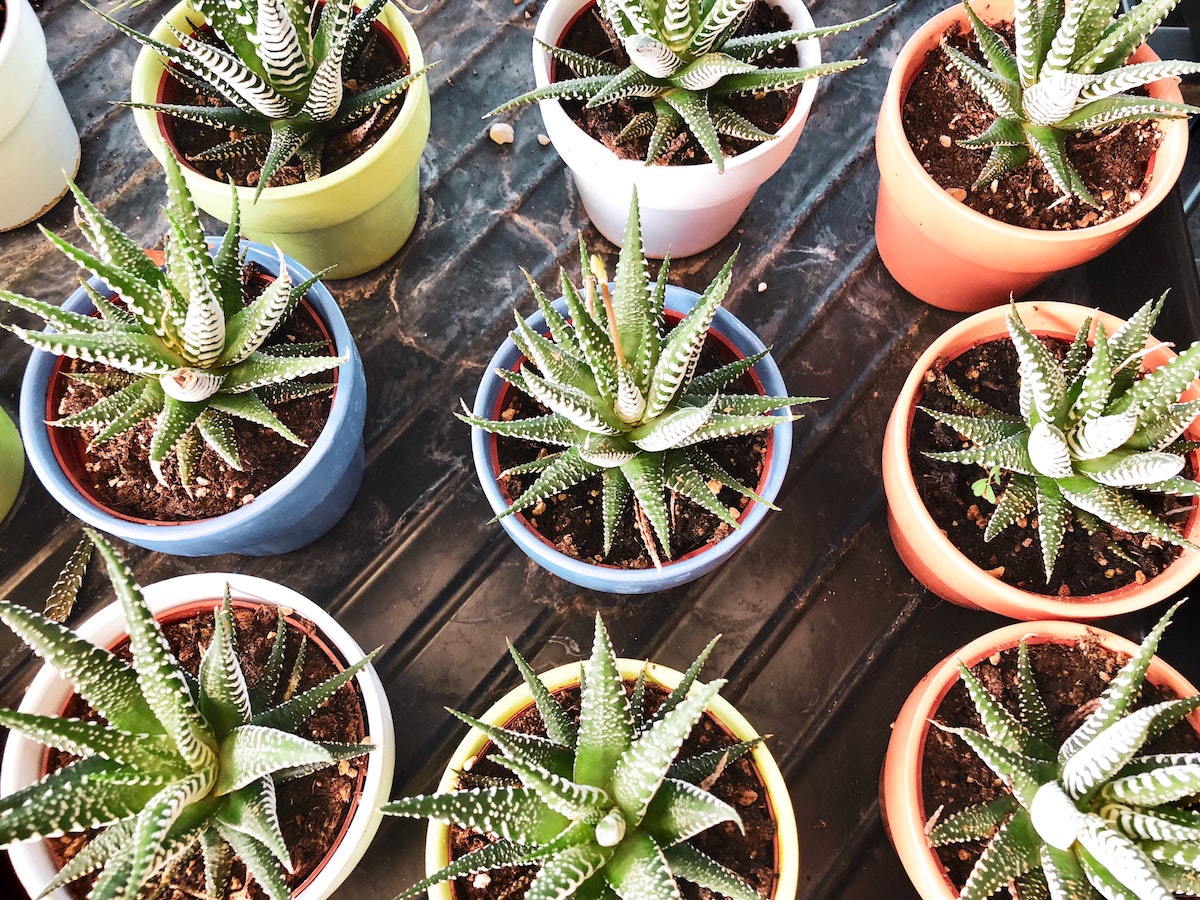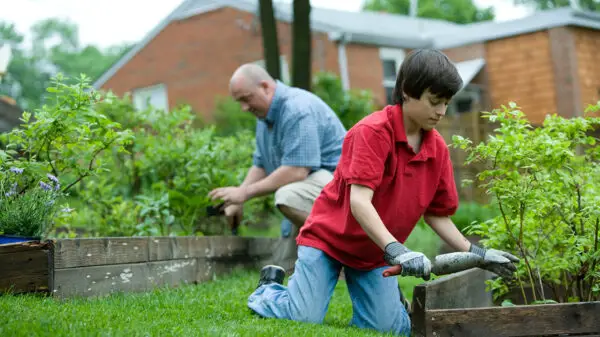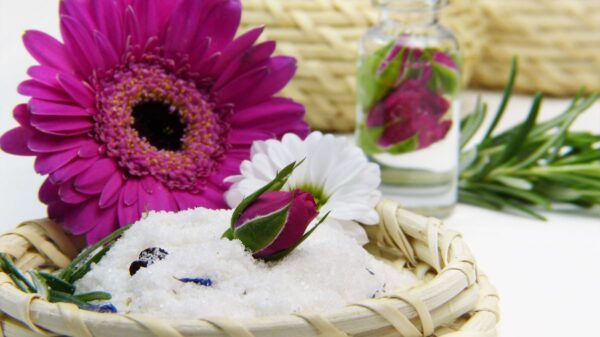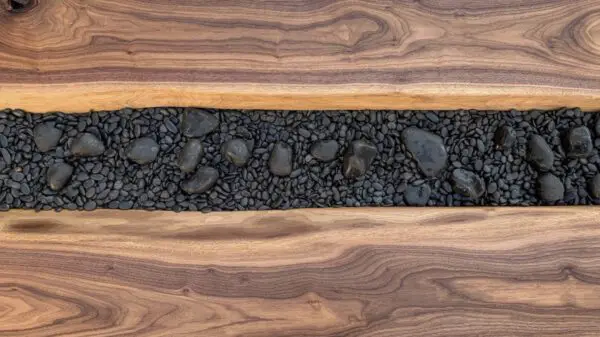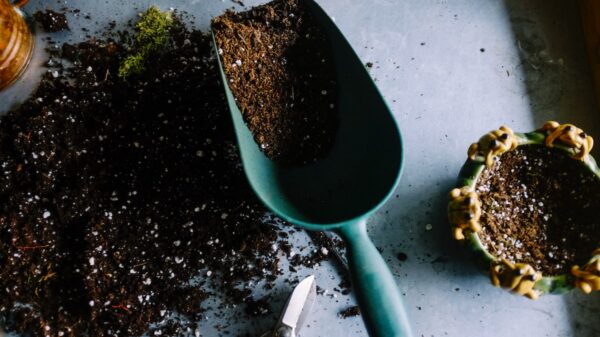How Much Sunlight Aloe Plants Need
My sister gave me an aloe plant that she needed to rehome when she moved across the country. When I brought it home, I wasn’t sure where to put it, and I wondered do aloe plants need direct sunlight, so I decided to research how much direct sunlight the plant would need so I would know where to put it.
So, do aloe plants need direct sunlight? No, aloe plants do not need direct sunlight. Too much direct sunlight will burn them. Instead, aloe plants need to be in bright, indirect light for most of the day.
Like most plants, aloe can survive in a variety of lighting conditions, but it’s important to know where they grow best if you want your plant to thrive.
Aloe Plants’ Sunlight Needs
Aloe plants need bright light but can tolerate little direct sunlight. Experts recommend placing the plant in a spot where it will receive indirect sunlight for most of the day.
To help identify what indirect sunlight is, people say that the plant should be able to see the sun, but the sun shouldn’t be able to see the plant. In other words, the light from the sun should hit the leaves, but you shouldn’t be able to cast a shadow on the leaves by putting your hand in between them and the sun.
It’s important to keep your aloe plant out of direct sunlight most of the time because too much direct sunlight will burn the leaves. If you notice the leaves of your plant turning red or brown or are getting crispy, it’s a sign that they are getting too much sun and you need to move your plant away from the window if it’s inside or farther into the shade if it’s outside.
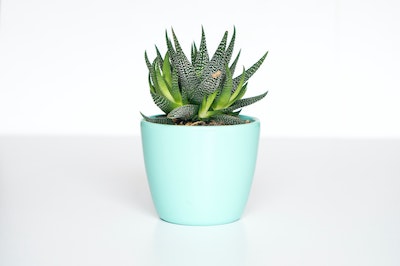
However, too little light can be a problem for your plant as well. Aloe plants should be able to receive indirect light for at least 6 hours each day. If you live in an area with shorter days during the winter or if the plant’s location is only in the sun for part of the day, you may need to supplement your plant’s light with a grow light. This is because if aloe plants don’t get enough light, they will start to stretch out and become leggy because the plant is trying to reach for the light.
If you notice that your aloe plant is starting to stretch, it’s a good sign that it needs more light. So, move the plant to a spot where it will receive more indirect sunlight if possible. If you can’t move the plant, try supplementing its light with a grow light.
How to Tell If Your Aloe Plant Is Getting Enough Light
There are a few signs you can look for to tell if your aloe plant is getting enough light:
- The leaves of the plant should be a deep green color. If they start to turn yellow, it’s a sign that the plant isn’t getting enough light.
- The leaves should be firm and plump. If they start to look wrinkled or shriveled, it’s a sign that the plant isn’t getting enough light or watering.
- The plant should be growing new leaves. If growth has slowed or stopped, it’s a sign that the plant isn’t getting enough light.
If you notice any of these signs, it’s a good idea to move your plant to a spot where it will receive more light.
How to Choose the Best Location for Your Aloe Plant
Many people choose to keep their aloe plants in pots so that they can move them to the best lighting conditions throughout the year.
If you live in a warm climate, aloe plants can do very well outdoors in a partially shaded area during the spring and summer months. Just make sure to bring it back inside when the temperature starts to dip in the fall and winter and make sure that it isn’t getting too much direct sunlight during the warm summer days.
If you live in a cooler climate or don’t have an outdoor space that gets enough light, you can place your plant near a sunny window where it will get indirect light. Just be sure to rotate it occasionally so that all sides of the plant get some light.

Other Tips for Growing Aloe Plants
While the right lighting conditions are vital to helping your aloe plant thrive, there are other factors you need to pay attention to as well.
1. Water Sparingly
Aloe plants are succulents, so they don’t need a lot of water to survive. In fact, too much water can be a problem for aloe plants and can lead to root rot.
It’s best to water your plant only when the soil is dry to the touch. To water, simply give the plant a good soaking and then let the excess water drain out of the pot. Be sure to empty any water that collects in the saucer under the pot to prevent your plant from sitting in water.
You can tell your aloe plant is thirsty when the leaves start to look wrinkled or the plant starts to wilt. If you’re watering it too often, the leaves will start to turn yellow and then brown and mushy.
2. Fertilize Sparingly
Aloe plants don’t need a lot of fertilizer to thrive. Too much fertilizer can actually be harmful to the plant and will turn its leaves yellow.
If you do choose to fertilize your aloe plant, it’s best to do so only once or twice a year using a succulent and cactus fertilizer mixed at half strength.
It’s also important to make sure that you fertilize your plant during its growing season, which is typically spring and summer. Fertilizing during the winter can do more harm than good.
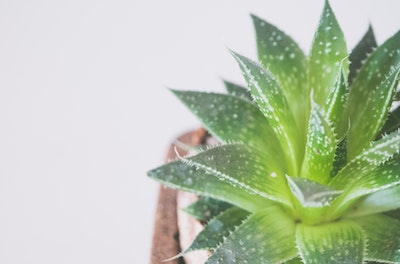
3. Provide Good Drainage
As we mentioned before, aloe plants are succulents and they don’t like to sit in water. This means that it’s important to provide good drainage for your plant.
The best way to do this is to use a pot with drainage holes and to make sure that you’re using a well-draining potting mix. You can also add some gravel or rocks to the bottom of the pot to help with drainage.
4. Prune Regularly
Pruning your aloe plant regularly will help it stay healthy and encourage new growth. To prune, simply cut off any dead or dying leaves as well as any offsets (baby plants) that are growing around the base of the plant.
You can also use pruning to shape your plant and control its size. Just be sure not to remove more than one-third of the plant at a time.
5. Watch for Pests
Aloe plants are relatively low-maintenance and are not typically bothered by pests. However, there are a few pests that can be a problem for aloe plants, including mealybugs, spider mites, and scale insects.
If you notice any of these pests on your plant, it’s best to treat the plant with insecticidal soap or neem oil. You can also try dabbing the pests with a cotton swab dipped in rubbing alcohol.
Related Questions
Why should I grow an aloe plant?
Aloe plants are easy to care for and can thrive with just a little bit of attention. They are also known for their healing properties and can be used to treat a variety of skin ailments. Some of the benefits of aloe on your skin include soothing sunburns, reducing inflammation, adding moisture, and speeding up the healing process of cuts and scrapes.
Are aloe plants good houseplants?
Absolutely! Aloe plants make great houseplants because they are easy to care for and can tolerate a wide range of conditions. They also help purify the air and improve indoor air quality.


